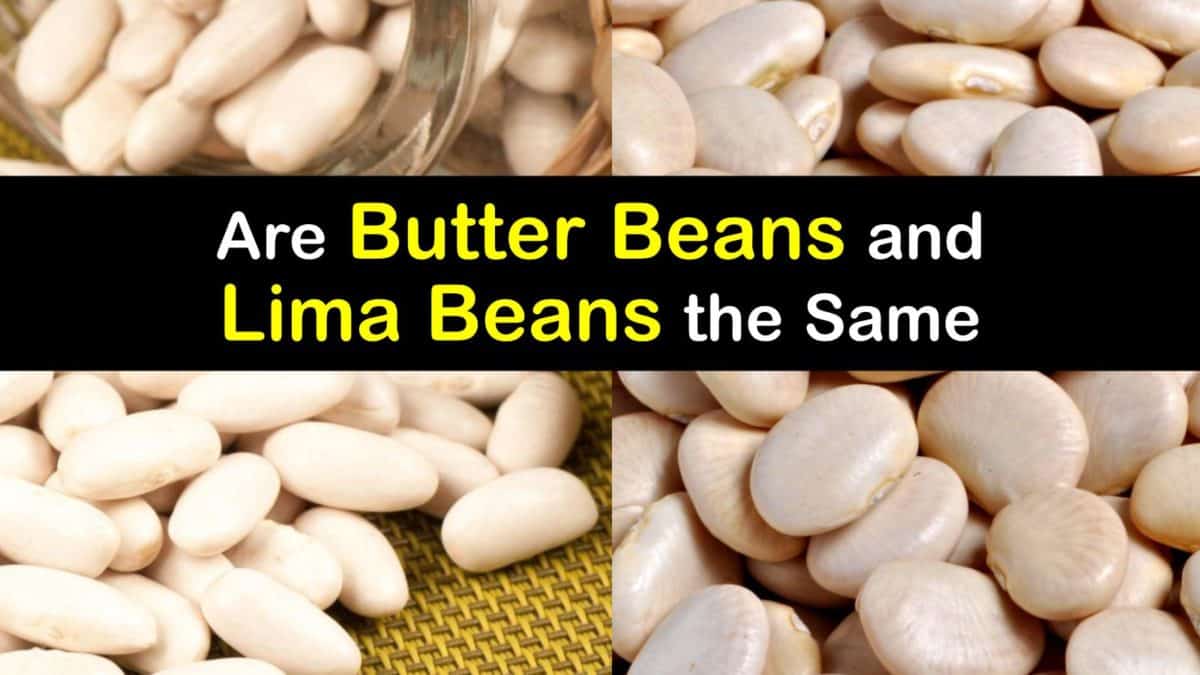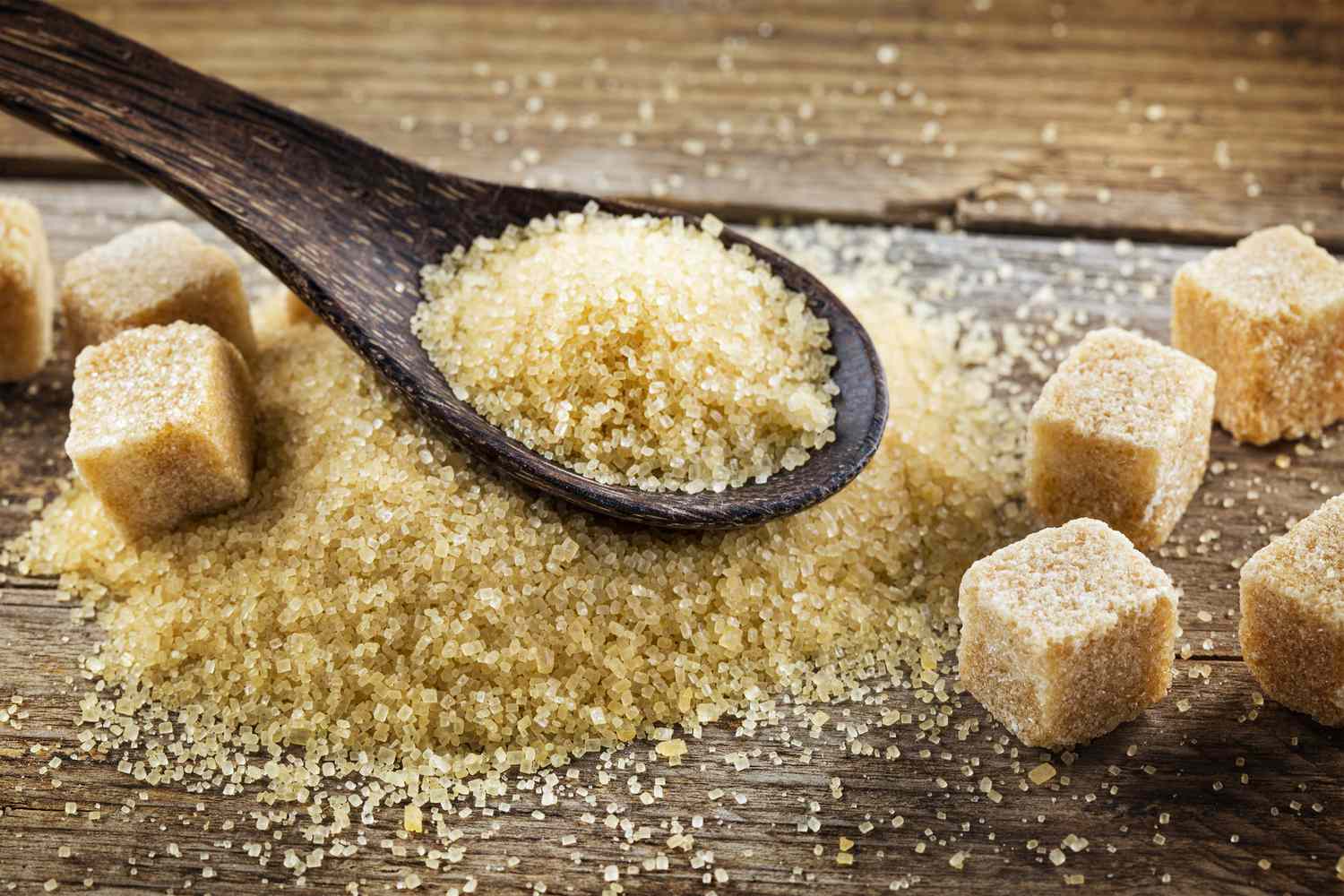Spain’s culinary landscape is rich with delicacies, but few evoke the essence of Spanish gastronomy like Jamón Serrano. This iconic cured ham, with its deep roots in Spanish culture and cuisine, has captivated taste buds around the world. From its traditional production methods to its exquisite flavor profile, Jamón Serrano represents a centuries-old tradition of craftsmanship and culinary mastery. Let’s delve into the world of Jamón Serrano, exploring its origins, production process, cultural significance, and more.
What is Jamón Serrano?
Jamón Serrano, literally translating to “mountain ham,” is a type of dry-cured ham that hails from Spain. Renowned for its rich flavor and melt-in-your-mouth texture, Jamón Serrano is a staple in Spanish cuisine and a symbol of Spanish culinary heritage. Unlike its counterpart, Jamón Ibérico, which is made from acorn-fed Iberian pigs, Jamón Serrano can be produced from various breeds of white pigs, making it more accessible to a wider audience. However, don’t let its accessibility fool you; Jamón Serrano is crafted with meticulous care and attention to detail, resulting in a product that embodies the essence of Spanish culinary tradition.
The origins of Jamón Serrano can be traced back to ancient Spain, where preserving meat through salt-curing and air-drying was a necessity for survival. Over time, this preservation method evolved into a culinary art form, with each region of Spain adding its own unique twist to the process. Today, Jamón Serrano is celebrated not only for its exceptional taste but also for the centuries-old tradition and craftsmanship that go into its production. From the rolling hills of Andalusia to the rugged mountains of Asturias, the production of Jamón Serrano is deeply ingrained in the cultural fabric of Spain, reflecting the country’s diverse landscapes and culinary heritage.
The Art of Curing
At the heart of Jamón Serrano production lies the art of curing, a time-honored process that transforms raw pork into a delicacy fit for kings. The journey begins with the selection of the finest quality pork legs, known as jamones, which are carefully inspected to ensure optimal flavor and texture. Once selected, the jamones are trimmed and cleaned before being submerged in a mixture of salt and spices. This initial salting process draws out excess moisture from the meat, effectively preserving it and infusing it with flavor.
After the salting process is complete, the jamones are left to rest for a period of time, allowing the salt to penetrate the meat and work its magic. During this time, the jamones are carefully monitored and rotated to ensure even distribution of salt and flavor. Once the resting period is over, the jamones are washed to remove any excess salt and hung to dry in a cool, dark environment. This slow, gradual drying process is essential for developing the rich flavor and tender texture that Jamón Serrano is famous for.
As the jamones continue to dry, they undergo a process of aging, during which they develop complex flavors and aromas. This aging process can last anywhere from several months to several years, depending on the desired flavor profile and quality standards of the producer. Throughout the aging process, the jamones are regularly inspected and monitored to ensure they reach their full potential. Finally, once the aging process is complete, the jamones are ready to be sliced and enjoyed, their rich flavor and tender texture a testament to the artistry and skill of the master ham artisans who crafted them.
The Journey from Farm to Table
The journey of Jamón Serrano from farm to table is a testament to the dedication and expertise of the farmers and producers who uphold centuries-old traditions. It all begins on the idyllic farms scattered throughout the Spanish countryside, where pigs roam freely and feed on a diet of grains, legumes, and acorns. These pigs, known as cerdos blancos or white pigs, are carefully bred and raised to produce the finest quality pork, which forms the foundation of Jamón Serrano production.
Once the pigs reach maturity, typically around 12 to 18 months old, they are ready to begin their journey to becoming Jamón Serrano. The process begins with the selection of the finest quality pork legs, which are then trimmed and cleaned to remove any excess fat and impurities. Next, the pork legs are submerged in a mixture of salt and spices, where they undergo the initial salting process that is crucial for preserving the meat and infusing it with flavor.
After the salting process is complete, the pork legs are left to rest for a period of time, allowing the salt to penetrate the meat and work its magic. During this resting period, the pork legs are carefully monitored and rotated to ensure even distribution of salt and flavor. Once the resting period is over, the pork legs are washed to remove any excess salt and hung to dry in a cool, dark environment. This slow, gradual drying process is essential for developing the rich flavor and tender texture that Jamón Serrano is famous for.
As the pork legs continue to dry, they undergo a process of aging, during which they develop complex flavors and aromas. This aging process can last anywhere from several months to several years, depending on the desired flavor profile and quality standards of the producer. Throughout the aging process, the pork legs are regularly inspected and monitored to ensure they reach their full potential. Finally, once the aging process is complete, the pork legs are ready to be sliced and enjoyed, their rich flavor and tender texture a testament to the artistry and skill of the master ham artisans who crafted them.
Quality Standards and Designations
Ensuring the quality and authenticity of Jamón Serrano is of paramount importance to producers and consumers alike. To this end, several regulatory bodies oversee Jamón Serrano production, enforcing strict quality standards and designations that differentiate between various grades of ham. These designations, such as Reserva and Gran Reserva, are based on factors such as the pig’s breed, diet, and the length of the curing process.
The most prestigious designation is Gran Reserva, which is reserved for hams that have undergone the longest aging process and meet the highest quality standards. These hams are prized for their exceptional flavor, tenderness, and aroma, making them highly sought after by connoisseurs around the world. In contrast, hams labeled as Reserva are aged for a slightly shorter period but still meet stringent quality criteria, while hams labeled simply as Jamón Serrano are typically younger and more affordable, making them ideal for everyday consumption.
In addition to these designations, Jamón Serrano producers must adhere to strict production methods and guidelines to ensure the integrity of their product. This includes using only the finest quality pork legs, employing traditional curing techniques, and adhering to strict hygiene standards throughout the production process. By upholding these standards, producers can guarantee that each slice of Jamón Serrano delivers the authentic taste and experience that consumers expect.














